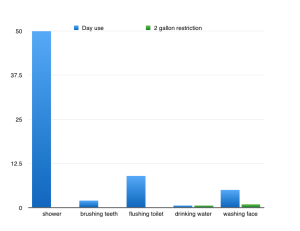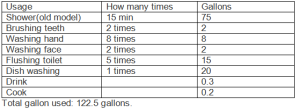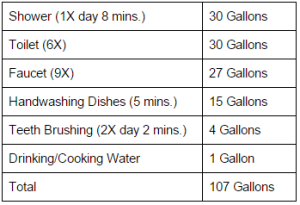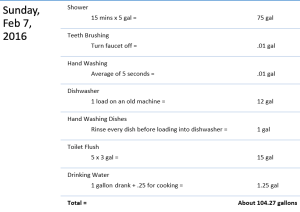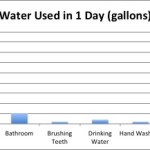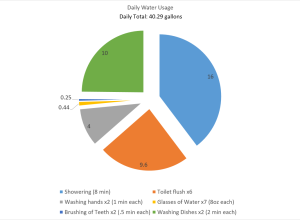1A.
Just a quick introduction, my name is William Graf and my hometown is Pompano Beach, Florida. The water and sewer in my area are provided by Pompano Beach Utilities department. The drinking water in this area come from the Biscayne Aquifer. There are 25 wells in Pompano Beach. The water is pumped from the aquifer from different sites to a water treatment plant. The water is then softened, filtered, fluoridated, and disinfected before it is sent to distribution. There are two water treatment plants for these operations. There are also different labs to monitor bacteria and other compound concentrations in the water. Our house used to use a septic tank for some wastewater operations. However in the past decade, these septic tanks are being replaced. The process for wastewater in Pompano now is to pump the collected wastewater to a water treatment plant in the center of Pompano Beach. This system uses gravity to drain the water out of houses, and then a pump to force the water to the treatment plant.
1B.
Brushed teeth 3 times (<1 gallon each)
Washed Hands/Face 6 times (6 gallons)
2 5 minute showers (50 gallons)
7 toilet flushes (3 gallons each, 21 gallons)
12 glasses of water (1 gallon)
1 Dishwasher Load (10 gallons)
Total Water Usage: Approximately 95 gallons
1C.
My main areas of water use in the experiment tend to deal mostly with hygiene and cleaning. While I do drink a fairly decent amount of water during the day if I am exercising my highest areas of consumption are the showers. This is followed by toilet flushes. If I had to prioritize my water use I would put drinking water and water used for cooking at the top of the list. I think this is followed by brushing teeth and washing hands. The bottom of this list would include the shower, toilet flushes, and dishwasher loads. A couple strategies to reduce water consumption include using more paper plates and plastic silverware. These can be discarded after they have been used and do not need to be cleaned in a dishwasher. Also some toilets have an eco-friendly option that use less water to flush. I could also only take one shower a day and cut down on time in the shower. My experiment cut down my water consumption, but I still used around 20 gallons of water in the day. I still drink almost a gallon of water per day and it is almost impossible to survive off only 2 gallons in one day. Geography matters for water use, because geography dictates how much water is available in an area. For example, Pompano Beach sits on top of an aquifer allowing for easy access to water.

